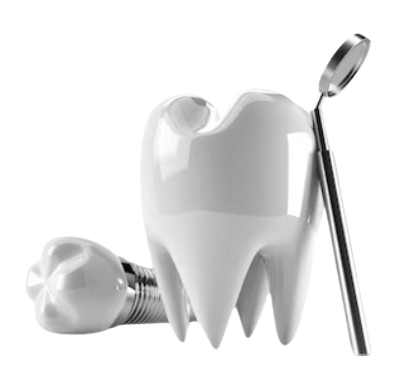
DIGITAL X-RAYS IN GARLAND, TX
Digital x-rays aid in early cavity diagnosis, enabling less invasive treatments. They also assess teeth development and the need for orthodontic care with minimal radiation exposure.
DIGITAL X-RAYS
Digital x-rays help diagnose cavities while they are tiny, often allowing for less invasive treatment. If they are caught early enough, decay may be stopped with some minor changes to your child’s homecare routine.
Using digital x-rays, our doctors can look for teeth that haven’t erupted yet, make sure your child’s jaws and teeth are developing well, and monitor whether orthodontic treatment will be needed in the future.
Today’s digital x-rays expose your child to less radiation than ever before. Lead aprons and taking x-rays only when necessary further reduce your child’s exposure.
Ready to transform your smile?
Frequently Asked Questions

X-rays help dentists detect cavities, assess tooth development, and identify potential orthodontic issues in children. They provide valuable information that is not visible during a regular dental exam.
Dentists follow strict safety protocols, including using lead aprons and thyroid collars to shield sensitive areas from radiation. Additionally, they use the lowest possible radiation dose necessary to obtain diagnostic images.
Digital X-rays use electronic sensors to capture images, producing digital files that can be viewed instantly. They expose patients to less radiation compared to traditional X-rays and offer enhanced image quality.
Yes, digital X-rays are generally safe for children. They emit significantly less radiation than traditional X-rays, making them a preferred option in pediatric dentistry.


